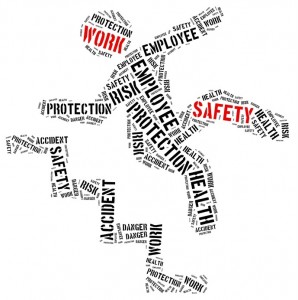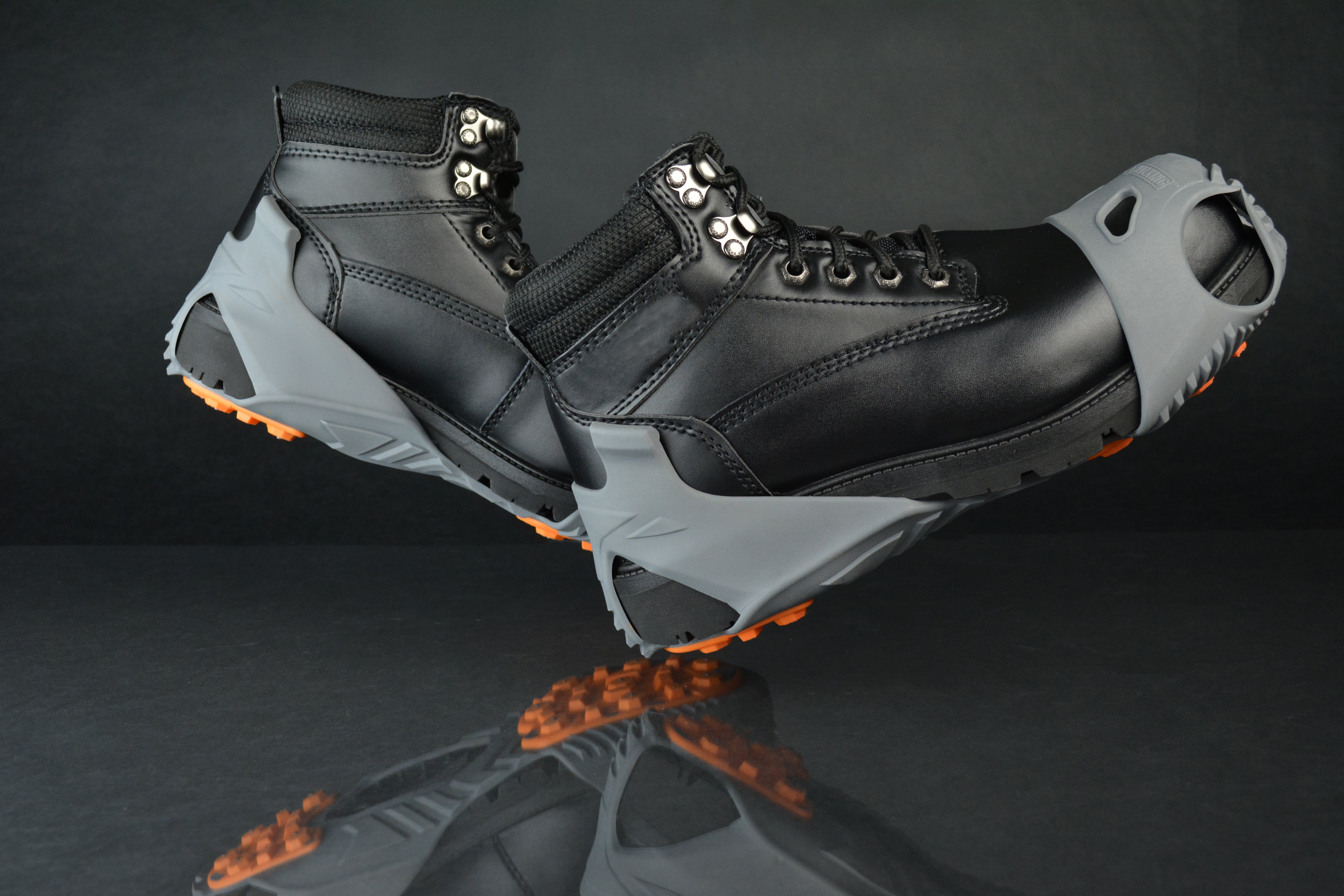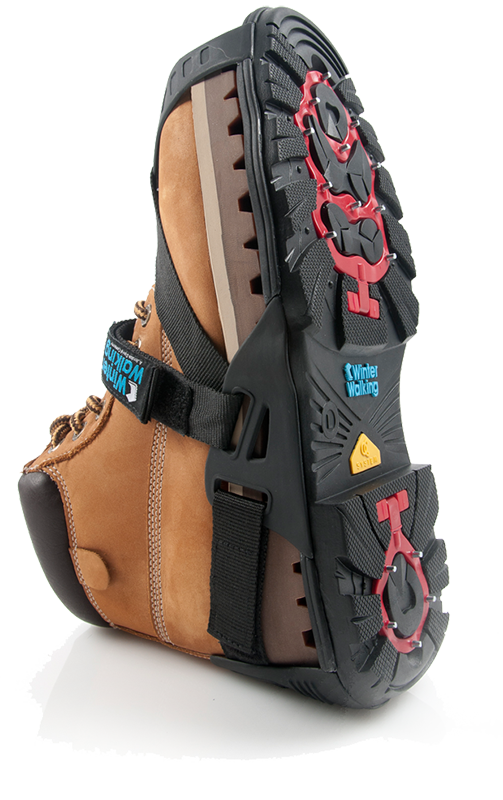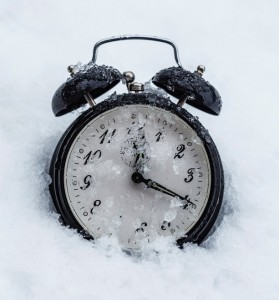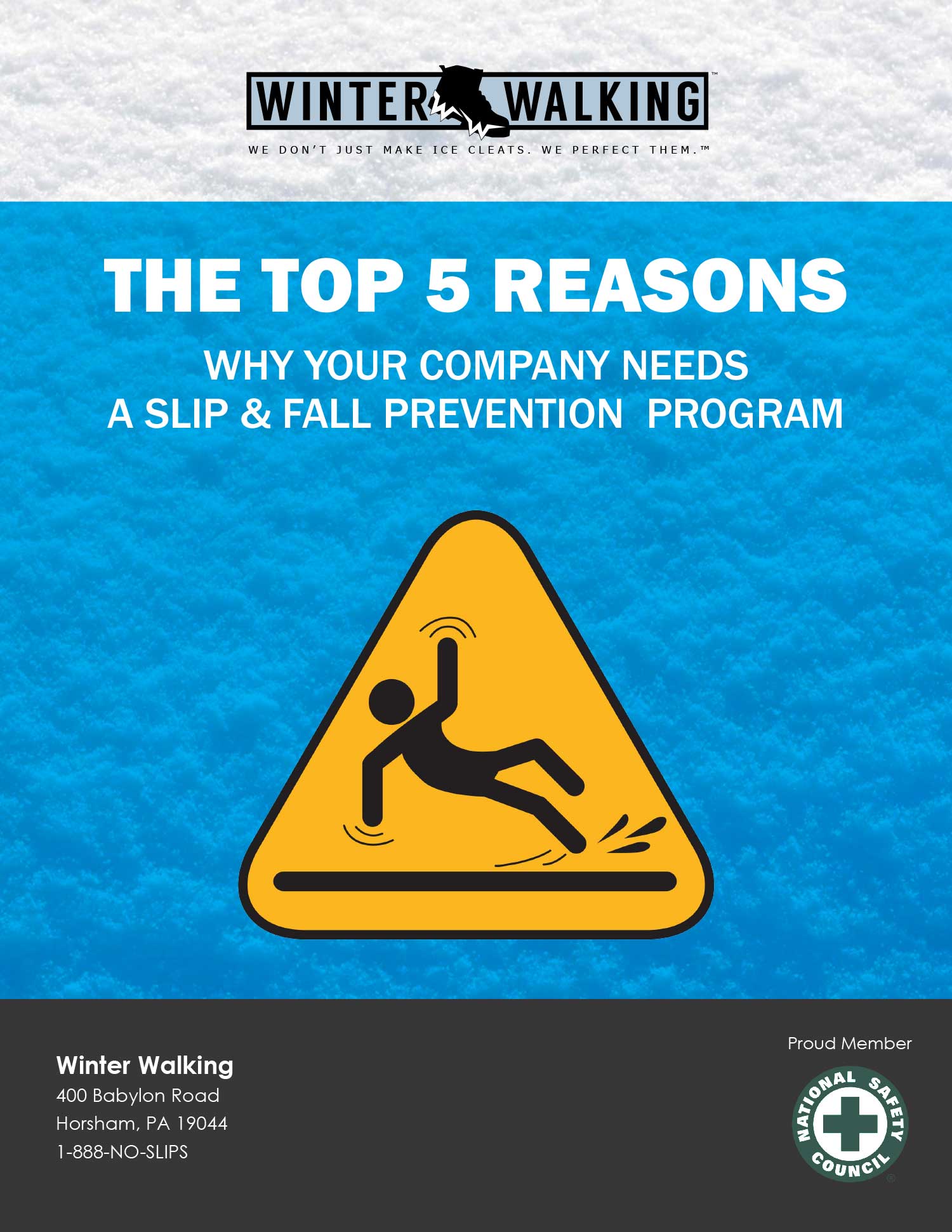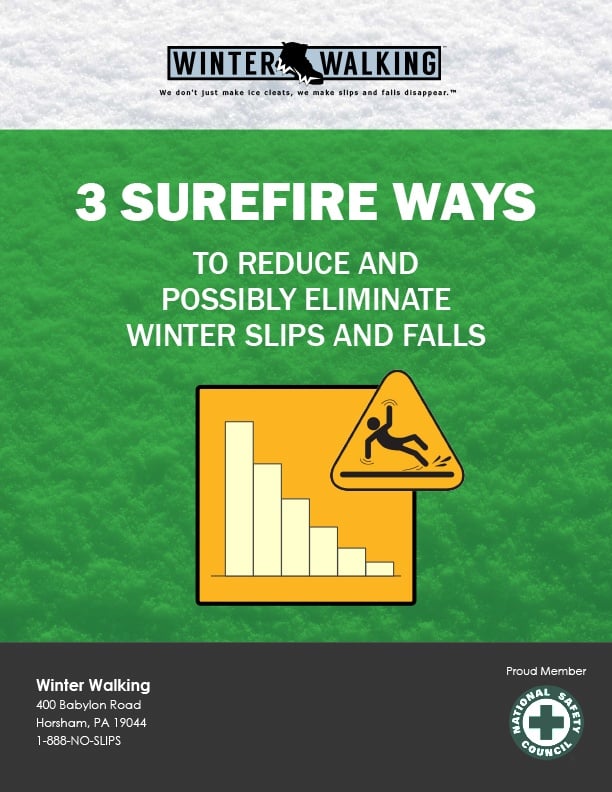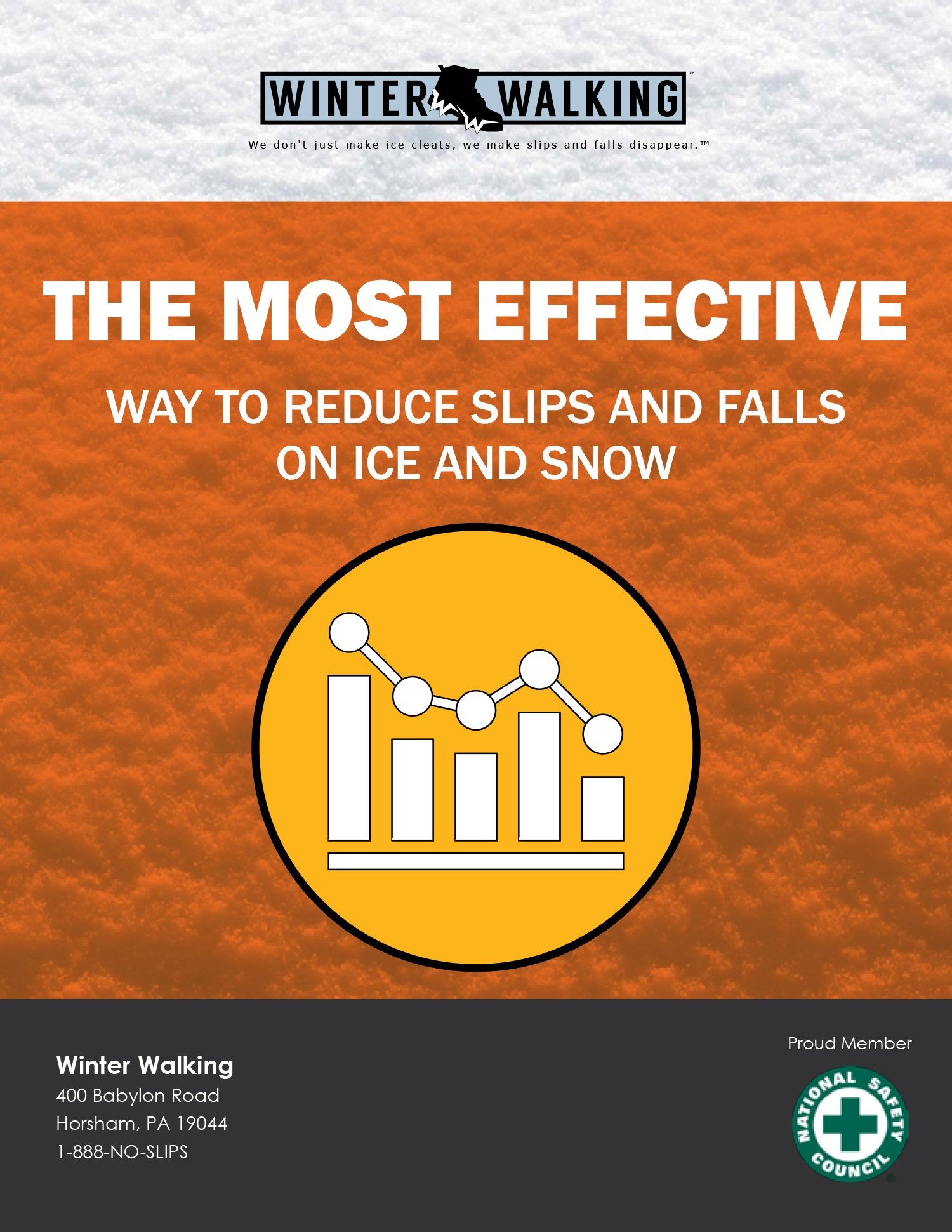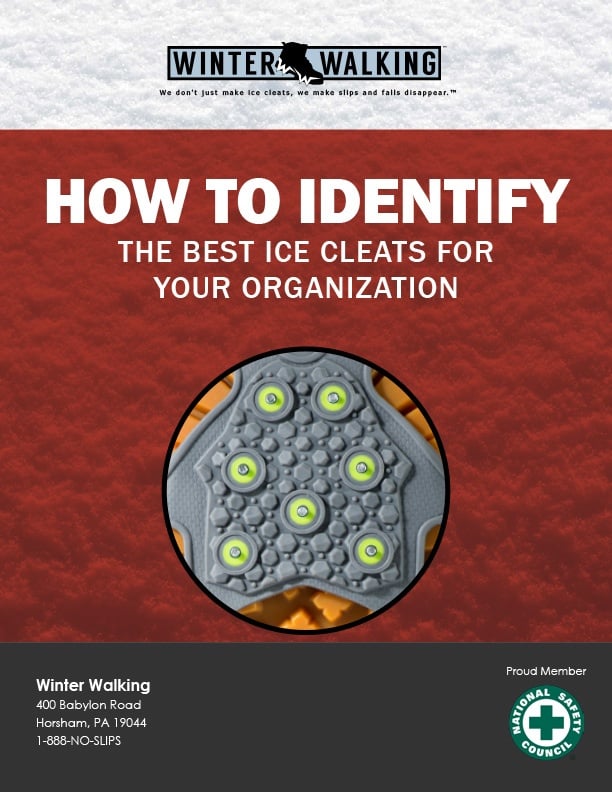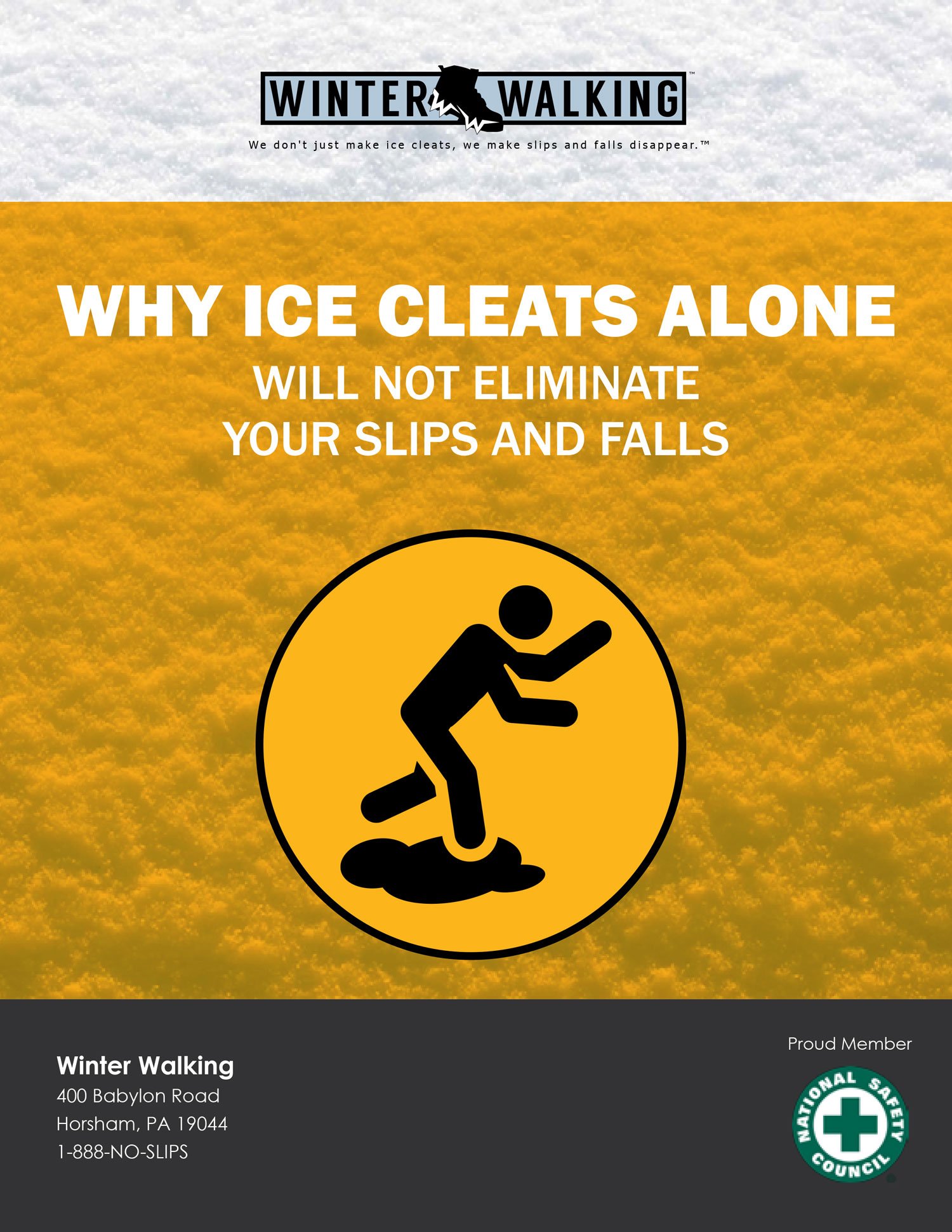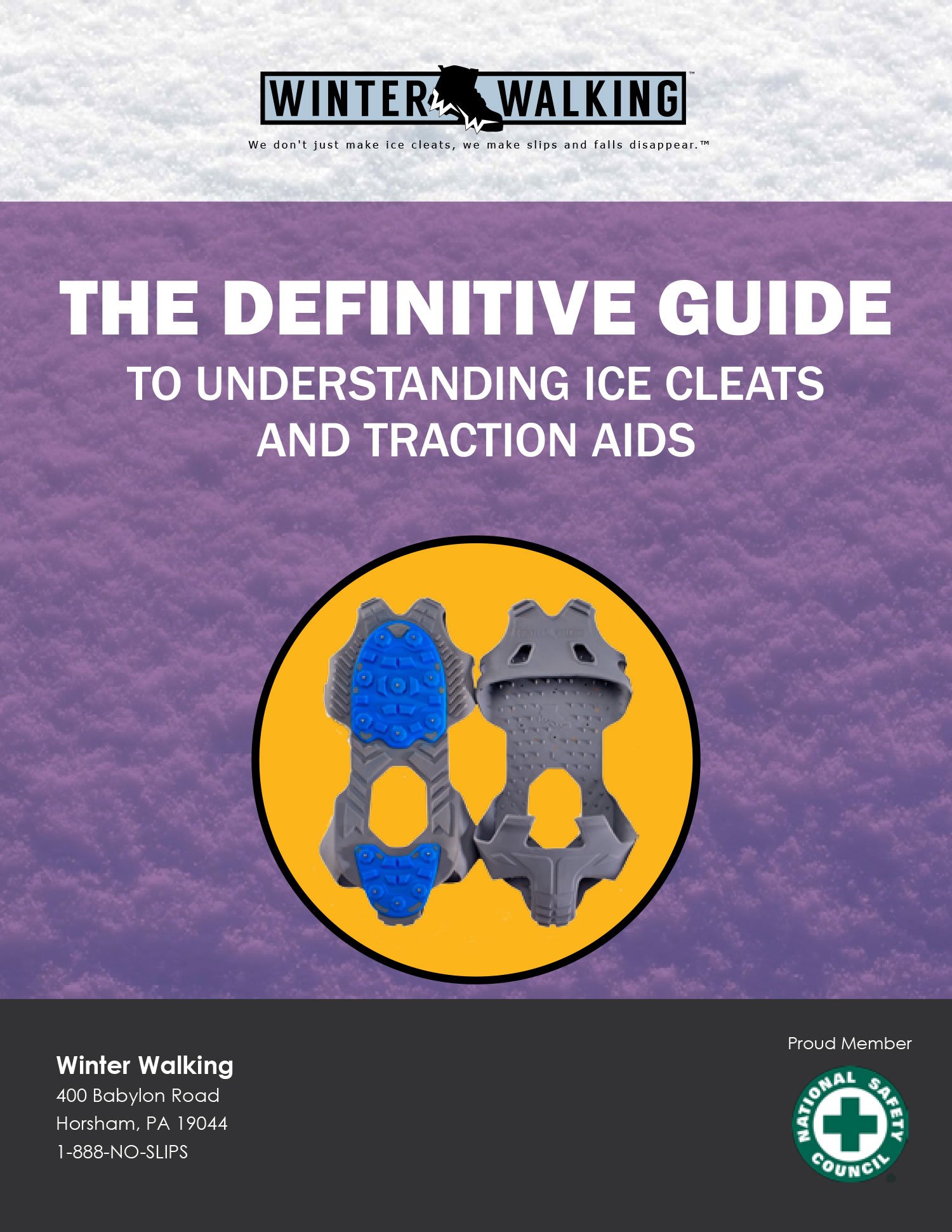If math frightens you, don’t worry. I’ll try to make this as painless – and as helpful – as possible. As a safety professional concerned about your workplace safety record, you’re planning on buying traction aids for your employees. So, it is fair to consider whether the item you are purchasing is too expensive. While you would generally expect a company to spend whatever it takes to keep everyone as safe as possible, that might not always be the case. As a matter of fact, from a pure numbers standpoint, it might even make sense to let the accidents happen.
Continue Reading
Try Googling the term “ice cleats.” Overwhelming, right? And not at all helpful. Most of the results feature the same style of cleat, but with different color spikes. So what can a busy safety professional do to reduce winter slips and falls, in the ongoing attempt to improve their workplace safety record? The worst thing he or she can do is pick a traction product like boot cleats for ice at random and hope for the best. All too often, this kind of search ends in disappointment, frustration and a depleted budget.
Continue Reading
Most of you have a workforce that is required to work outside in winter. And your company has probably paid the price winter workplace safety hazards with slips and falls. A high price. So why is this still happening? Are you just too busy to address this problem adequately? Have you tried winter working gear like ice cleats or other traction aids that didn’t work? Have you given up because you are convinced that all ice cleats are the same? Whether you call them ice cleats, ice spikes or crampons, remember this: Just because other winter working gear like traction footwear looks similar doesn[…]
Continue Reading
Believe me, I’ve heard them all. But there are a few common excuses why safety professionals might avoid buying ice cleats. Here are the top six: They’re too expensive. My employees won’t wear them. Can’t wear them indoors. Can’t drive with them on. Employees won’t take care of them. We've tried everything and nothing works in our environment.
Continue Reading
Do any of these scenarios sound familiar? After a slip and fall incident, you purchased ice cleats but regretted the choice. You felt “rushed” into the decision and didn’t have the time to research properly. You purchased ice cleats at a big-box retailed, but your employees complained they couldn’t wear them indoors…or the cleats keep falling off…or they broke…or they take too long to put on.
Continue Reading
It may still be warm, but you know as well as we do, winter is right around the corner. And for safety professionals who care about their company’s safety record, the next 60 days are critical to your employees’ safety. If you plan on buying ice cleats or other winter traction aids for your employees to prevent slips and falls on ice and snow, ask yourself:
Continue Reading

